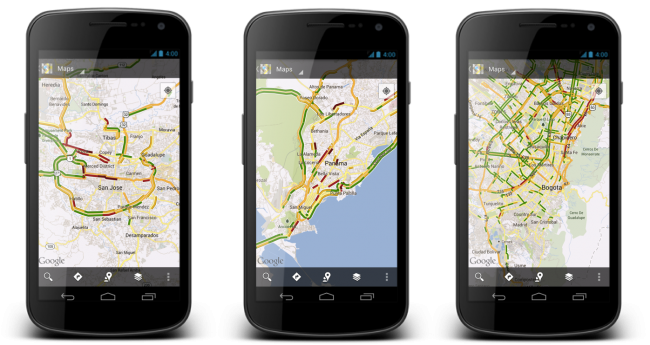
OUYA’s slew of collaborations isn’t letting up, even with less than two days to go before its fundraising round is over. The XBMC team has just pledged that its upcoming Android app will be tailored to work with the upcoming console. While the exact customizations aren’t part of the initial details, the media center app developers will have early access to prototypes of the OUYA hardware. There’s suggestions that there won’t be much of a wait for the Android port of XBMC, whether or not you’re buying the cuboid system — XBMC’s developers note that Android work should be merged into the master path once “final sign-offs” are underway. All told, though, the OUYA is quickly shaping up into as much of a go-to media hub as it is a game system.
Update: OUYA itself has also posted word that TuneIn’s radio streaming is also on its way. And just to top off its efforts, the company has posted rendered images that better show the scale of the console: our Joystiq compatriots note that it’s really a “baby GameCube” in size, and its gamepad looks gigantic by comparison.
from Engadget














